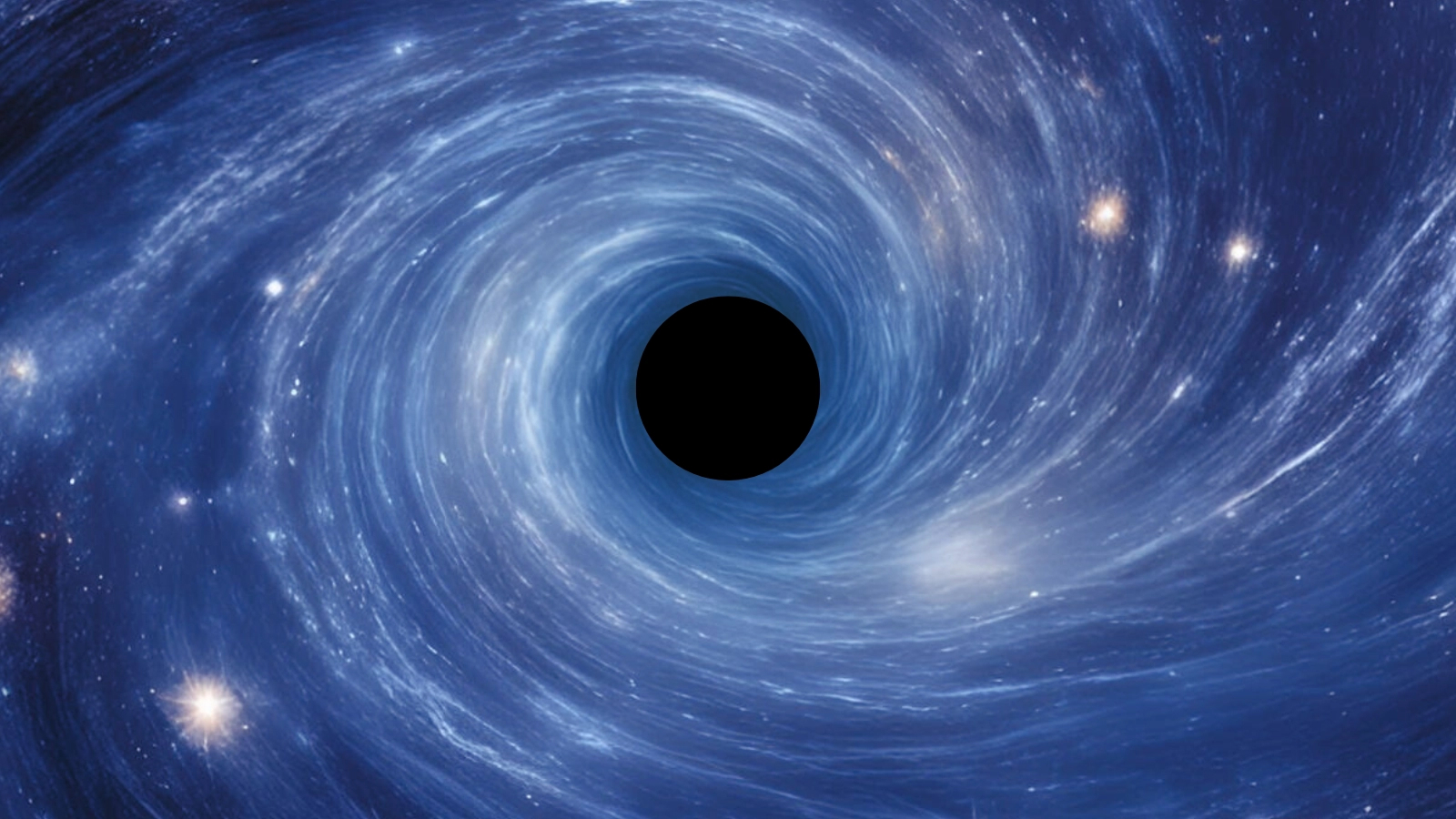When you buy through links on our site , we may earn an affiliate delegacy . Here ’s how it works .
This Behind the Scenes clause was provide to LiveScience in partnership with the National Science Foundation .
apply mathematician Graeme Milton dreams up new materials , germinate mathematical formulas to name them and leaves it to others to construct and shew their novelties and usefulness in a laboratory .

Tornado Science, Facts and History
While many of his theoretical musings are published in peer - reviewed journal , his inquiry on a superlens with the ability to hide or “ cloak ” an physical object is too similar to cloaking devices portrayed in Star Trek andHarry Potterto stay bury in the chronological record of academe .
The concept of a superlens come originally from Sir John Pendry in 2000 — although Milton and his colleagues Nicolae Nicorovici and Ross McPhedran conducted closely related studies back in 1994 — and the concept has been learn extensively . Yet no one had take in the cloaking properties until they were discovered through theresearchby Milton ’s squad .
The concept of a superlens cloak is a farsighted way from a executable equipment , but the unity of the mathematical construct has transmit some experimentalists into the laboratory to try and turn the theory into reality . So far , the group working in this area are not ready to publish report , but they ’ve carry out enough to keep prove .

“ We ’re along way off from the Star Trek equipment but some of the experimental result achieved so far are surprising and exciting , ” Milton remark .
Milton quest after his research at the University of Utah where the math department has some of the good scientists in the nation for studying the mathematics of new materials .
While colleagues consider Milton among “ the best in the reality ” with the mathematics of materials , he was not always so highly rank . In fact , Milton , who was born in Sydney , Australia , occur tight to failing his sophomore twelvemonth at Sydney University because he spent so much meter reading about forward-looking field such as quantum mechanics and universal relativity he flush it to assist his regular classes , and finally dropped out of school to pass a year hitch through New Zealand .

He after revert to the university to crumple down and earn his bachelor ’s and master ’s degrees in physics , followed by a doctor’s degree in physics at Cornell University . His passion of the outdoors top him to live with the Book of Job in Utah – he does some of his best thinking while skiing , mountain biking , swimming and route biking .
The superlens theorize by Milton and Nicorovici cloak a nearby target by making light behave in an unusual way . Instead of having a plus refractive index finger that makes light flex in the same way as it does when passing from tune into a medium like glass or pee , the superlens has a damaging refractile forefinger that in essence causes light to reverse and travel backwards . When an target is placed next to the superlens , the lighter bouncing off the physical object is canceled out by the brightness level reflect off the superlens , provide the object inconspicuous . Milton said the phenomenon , theorize by Milton and Nicorovici and confirmed by reckoner , is somewhat analogous to the haphazardness cancellation headphones rider bust on airplanes .
“ At this point , experiment would be considered successful if they work with a single frequency of light and cloaked a few specks of dust , and the objective cloaked would want to be much smaller than the superlens , ” say Milton . In spite of the challenge , a radical of scientists is currently working to demonstrate the validation of principle . “ They ’ve made some progress , but they want to do some more work before they put their results in a paper , ” he tot .

Potential early uses for a cloaking machine are varied . While stealth military devices are an obvious option , one approach path is in medicament where the concept would allow certain electronic instrument to be used despite the bearing of strong electromagnetic fields , such as those produced by hospital brain scanners . Milton and other research worker have also carried out related to oeuvre that might prove open of point the elastic shock waves of earthquakes around buildings .
While practical applications are fun to speculate about , mathematician may apprise the Modern math presented by the concept just as much .
“ The findings will lead to a better understanding of partial differential equations , which will result to a good understanding the extension of intelligent , light , fluid and turbulency , ” Milton said . The new math will also assist scientists well read the new field ofmetamaterials – a family of new materials with property not seen in course occurring material . “ exist law do n’t adequately report materials with exoticmicrostructuresthat are link with some metamaterials . ”

Devising new materials is how Milton and his fellow occur across the superlens in the first place . A metamaterial ’s prop are dictated by its home body structure rather than by its composition . His job want him to discover or design new geometrical structure and then prepare numerical formula to leaven their property . He was work in his home nation of Australia on a composite material composed of array of coated cylinder when he realized the cylinders could focalise light in an unconventional way . That discovery eventually run to his numerical model for the superlens robe .












